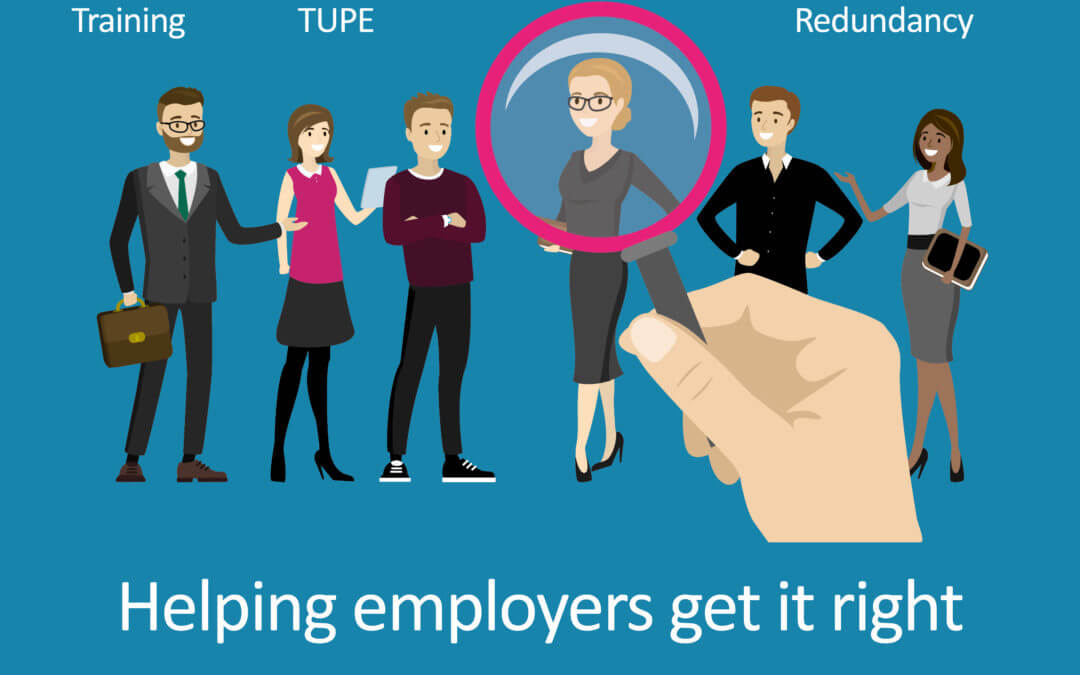Have you ever had an employee raise a grievance or complaint? It can be very overwhelming for managers who don’t know how deal with these types of situations.
The ideal situation and the way to get the very best from your employees is of course to have a happy, engaged and motivated workforce who love turning up every day with the intent of performing highly in their job role.
This is achievable with good leadership and by implementing great performance management, but have you ever heard the saying ‘you can’t please all the people all the time’? There may be times when an employee isn’t as happy as they or you would like them to be.
The best case scenario for a grievance to be raised is informally, and dealt with in the same way. A chat with the parties involved that identifies what the problem is and produces a resolution that everyone finds acceptable.
Unfortunately the informal approach may not always resolve the situation and in that case a formal grievance may be raised.
Here are our tips for successfully managing formal grievance;
- Read your company procedure to ensure you fully understand the process
- Confirm in writing your plan to formally meet with the aggrieved employee and what the expected timescales are
- Gather all the information you need that is relevant to the case
- Consider any pre-meeting action you need to take
- Plan the meeting, where will it be held? Who will be there? Have you got someone to take the minutes?
- Control the meeting
- Introduce all those present and explain why you are there.
- Allow the employee to state their case – asking any questions if clarification is needed
- Ask they employee how they feel the issue could be resolved and discuss the options
- Remain calm, you are there to be objective
- Reach a decision once the investigation has been completed and all factors considered
- Confirm in writing to the employee your decision and what improvements etc. need to be made
- An employee has a right to appeal any decision made so include details of how they should do this in the decision letter
- It is also a good idea to think about why the grievance happened in the first place and what could be done within the business to try to stop it happening again

